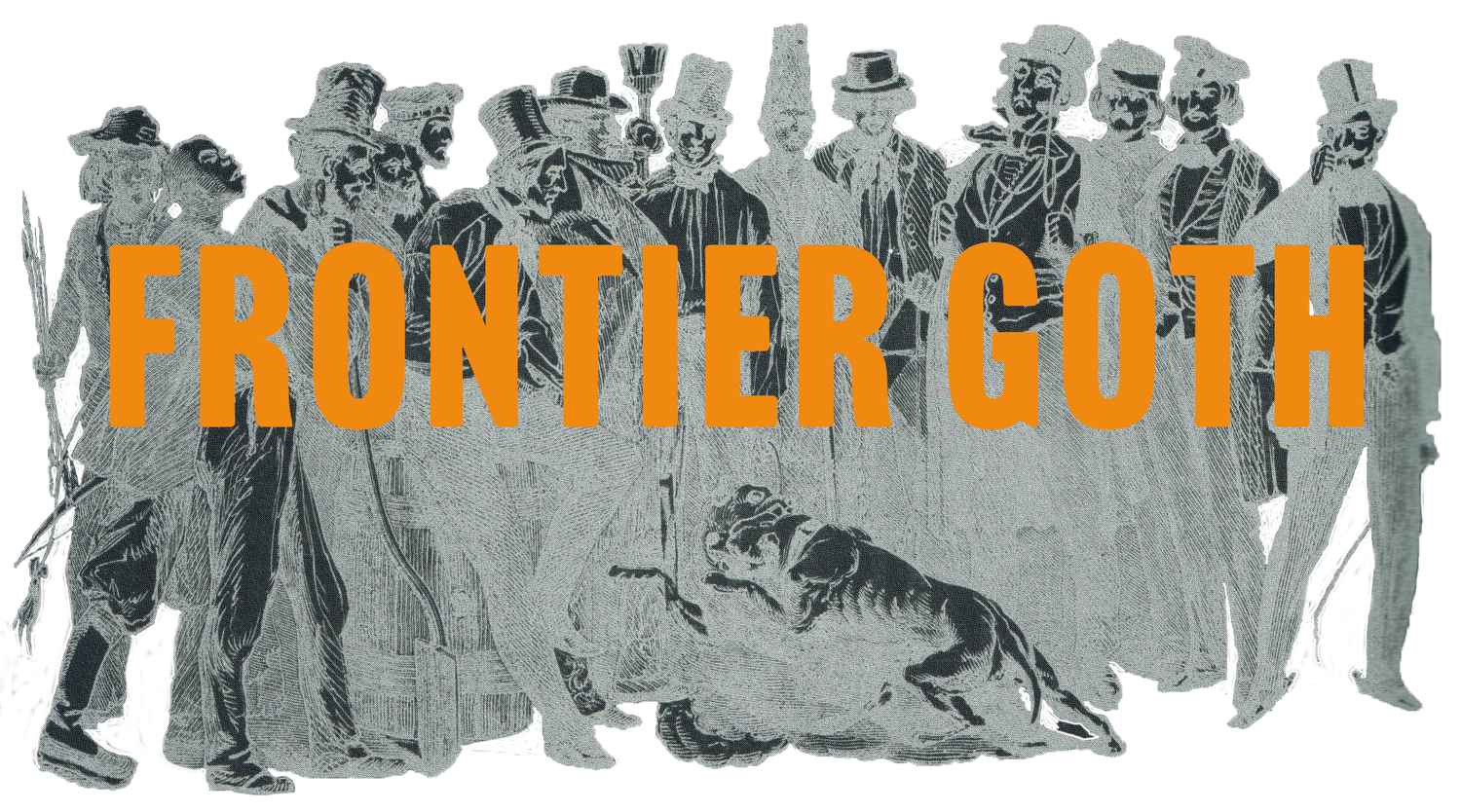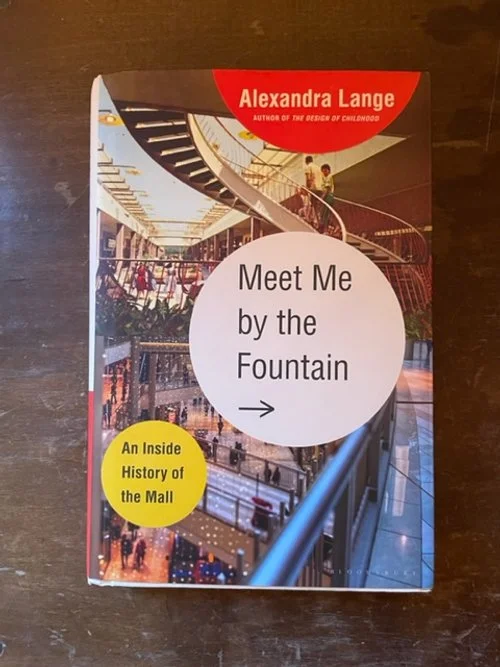Meet Me By the Fountain by Alexandra Lange
“Indoor shopping malls of the 1950s and 1960s took their cues from the origin of the world ‘mall.’ Pall Mall is a London street, long home to gentlemen’s clubs at which the aristocracy drank, ate, and played together. One of the games they played was pallamaglio, or pall-mall, an early version of croquet that employed palla (ball) and maglio (mallet). Players used their mallets to move balls down a long, linear course, really an alley, at the heart of the city. While the game fell out of fashion, that name for spaces that suited the requirements of the game persisted. A linear, landscaped promenade came to be known as a mall, in England as well as the United States. The court for an aristocract’s game gave its name to that symbol of democracy, the National Mall in Washington, D.C., and the shopping mall too. That is the simplest form of shopping center, an I shape: two department stores, two lines of stores between them, with an enclosed hallway running straight up and down. The malls of the late 1950s and early 1960s were Main Street under glass, their dimensions taken from the street fronts of prewar downtowns but without the clamor. The ‘regional center’ was clean and neatly maintained; it was new, sporting a cool, nonreferential modernist vocabulary; it lacked vehicular congestion, jostling crowds, street noise, the ‘wrong’ social elements, and crime—all departures from qualities associated with downtown. Urban historian Richard W. Longstreth writes: ‘The regional center was a bastion of middle-class ingenuity, respectability, and order; it was touted as a cure for the purportedly ailing condition and antiquated arrangement of the core.’”
-Alexandra Lange, 2022



